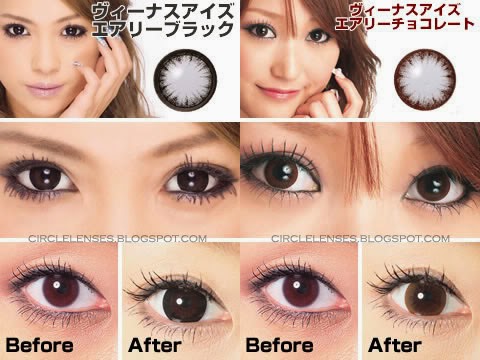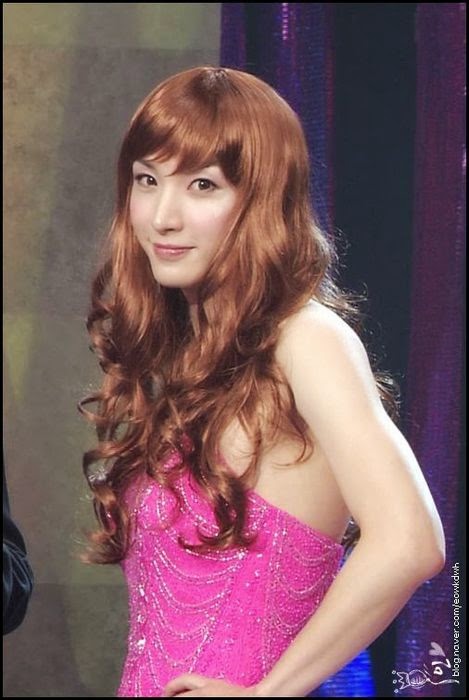South Korea has been rising in popularity ever since
the late 1990s. More recently, this surge in popularity creation a whole new
generation of pop culture in Asia and beyond, sweeping off the neighbor
community’s JPop; and redefining everything from food to music to fashion. This
phenomenon is none other than the Korean Wave (韩流/한류/Hallyu).
This report will focus on world’s adoption of the South
Korean portrayal of beauty and its desirable traits, through the 6 main points of discussion as below:
- Plastic Surgery
- Ulzzang
- Make-up/ Cosmetics
- Contact Lens
- Aegyo/ Dollification
- Gender Inversion
- Whitewashing/ Camera Filters
Above: 2NE1 Group members CL, Bom, Dara and Minzy talk to Forbes about KPop (Source: Youtube- Forbes)
Above: A recent survey revealed that the number of Koreans who consider themselves as fat despite their normal weight is on the rise. (Source: Youtube- ARIRANG NEWS)
Above: Screenshot of a forum whereby fans discuss the latest Korean fashion



























